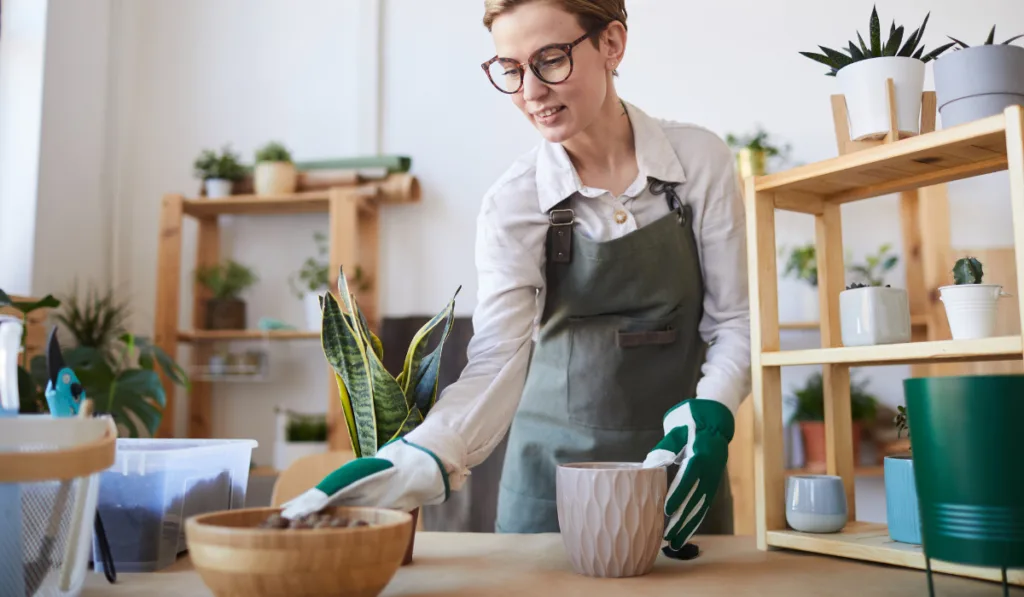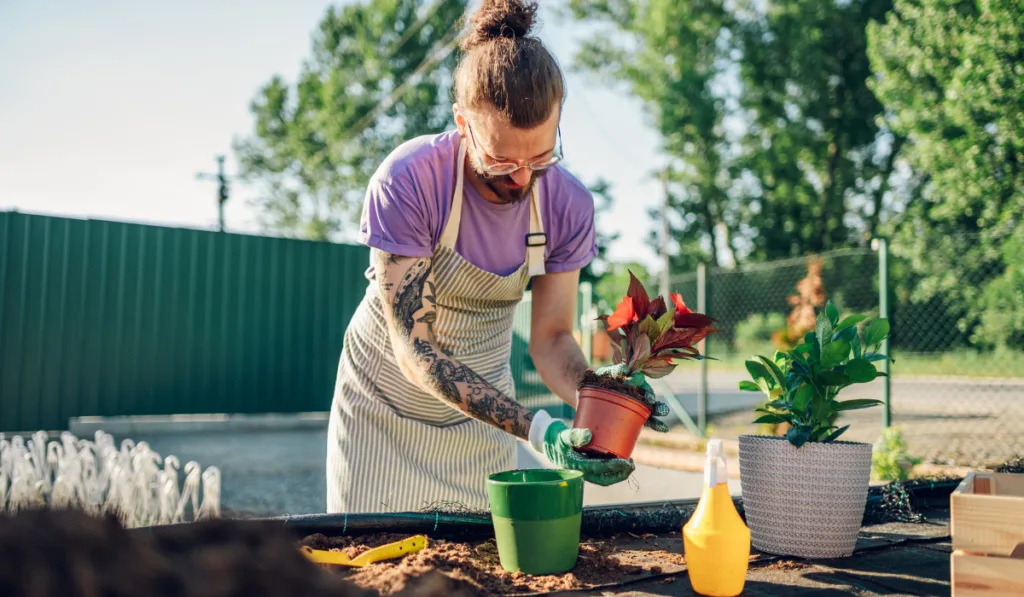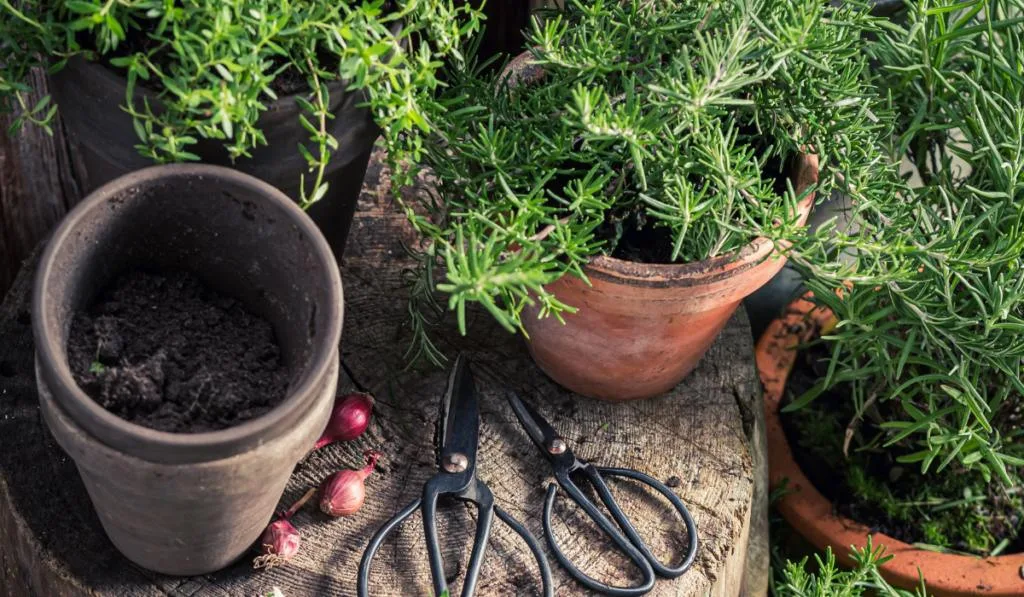Are you new to gardening and love potting plants? If so, you must’ve thought about which pot you should use for your plants at some point or another. So, here are some tips for you regarding the pot size so you can enhance your gardening experience.
Do you know choosing the right pot for your plants is just as important as choosing the right soil? The right pot will not only help your plants flourish but it will also give fresh vibes to your overall décor.

Getting the right pot doesn’t only mean choosing a pot that looks beautiful and has a proper drainage system. It also needs to be the right size so that your plants can grow easily.
If the pot is too big or too small for your plants it can damage the roots and hinder their growth. Overpotting can lead to many problems such as wilting, yellowing, restricted growth, etc. If you are struggling with choosing the right pot for your plant, you have landed at the right place!
Let’s have a detailed look at how pot size affects your plants and their growth.
Is It Bad If the Pot Is Too Big or Too Small
Soil is an essential source of nutrients for plants. Choosing a smaller pot means less soil which means that your plants might not get enough nutrients to grow.
Small pots also limit the growth of the plant’s roots and don’t allow them enough space to spread. As a result, this slows down the growth of the plant itself.
If the plant is too big for the pot, it needs to be changed timely otherwise the extra weight might cause it to tip over. This may break the pot, injure the plant and damage the surrounding pots as well.
After reading all this you might be thinking that a large pot is better but it has its own disadvantages. If the pot is too big it will hold too much water, thus the soil will take too much time to dry, making it prone to root rot.
Moreover, a large pot makes it difficult for the soil to be tightly packed around the roots which prevents the smooth flow of air and water to the plant’s root.

Lastly, a too small or too big pot will look very out of proportion to the plant and will not be very pleasing to the eyes.
Now that you know, how a small or a big pot can affect your plants, keep monitoring your plant’s size so you can change the pot at the right time. Immediately transfer your plant to a bigger pot as soon as you feel it has outgrown its pot.
Here’s how you can find out when you need to change the pot.
How to Know When to Change the Pot
Since there won’t be much space left for the roots to grow if the pot is too small, they will start poking out of the drainage hole at the bottom of the pot. That is one way to figure out if the pot is too small.
Another way is to see if the soil dries up quickly because smaller pots cannot hold sufficient water to support the plant.
In addition to that, if your plant starts tipping over, it means it has outgrown its pot, and it’s time to transfer it to a bigger one.
If you have never repotted your plants then it is preferred that you do that after 9 to 24 months. However, if you see any of the above signs then you must immediately transfer your plants to a different pot.
Having said that, you need to be very cautious while changing the pot to avoid damaging the plant. Make sure it is hydrated enough so you can easily slip it out of the pot.

Always turn the pot to its side and use light fingers to carefully take out the plant. Do not use any sharp objects to loosen the root ball.
At this point, you must be wondering how do you choose what is the right size of pot for your plants? Rightly so, because this is the most important thing to consider while buying pots.
How to Determine What Size of Pot You Should Use
Plants come in different sizes, therefore every plant has different needs. So the size of the pot needs to be determined accordingly. It should have enough space to let the plant expand and must have a proper drainage system as well.
Preferably, the pot size should be the same as the size of the plant. When the plant has grown too big for its pot, it should be transferred to a pot that is 2 to 4 inches bigger in diameter.
If you have a plant that grows quickly, you should select a larger pot. However, if the growth of the plant is slow, a pot that is 1 to 2 inches larger in diameter should be fine.
Height and width are also important aspects to keep in mind while getting new pots. Ideally, you should go for wide and short pots because they retain water better than narrow and deep pots, which cause the drainage of water from the top half.

However, both types of pots have their drawbacks so you should choose wisely depending upon the type of plants you are potting.
If you are buying a new plant, the container it comes in is not suitable for it. Either you should plant it in the soil or move it to a bigger pot to provide it enough room to grow.
Now you know how important it is to give your plants some breathing room with the right pot size so they can have the required space to grow properly. So, evaluate your plant and pot size today to see if both are appropriate for each other or its time to take action because you don’t want your plants to suffer!

Patrick
Tuesday 5th of October 2021
You might mention some plants don’t transfer well to new pots out of season.